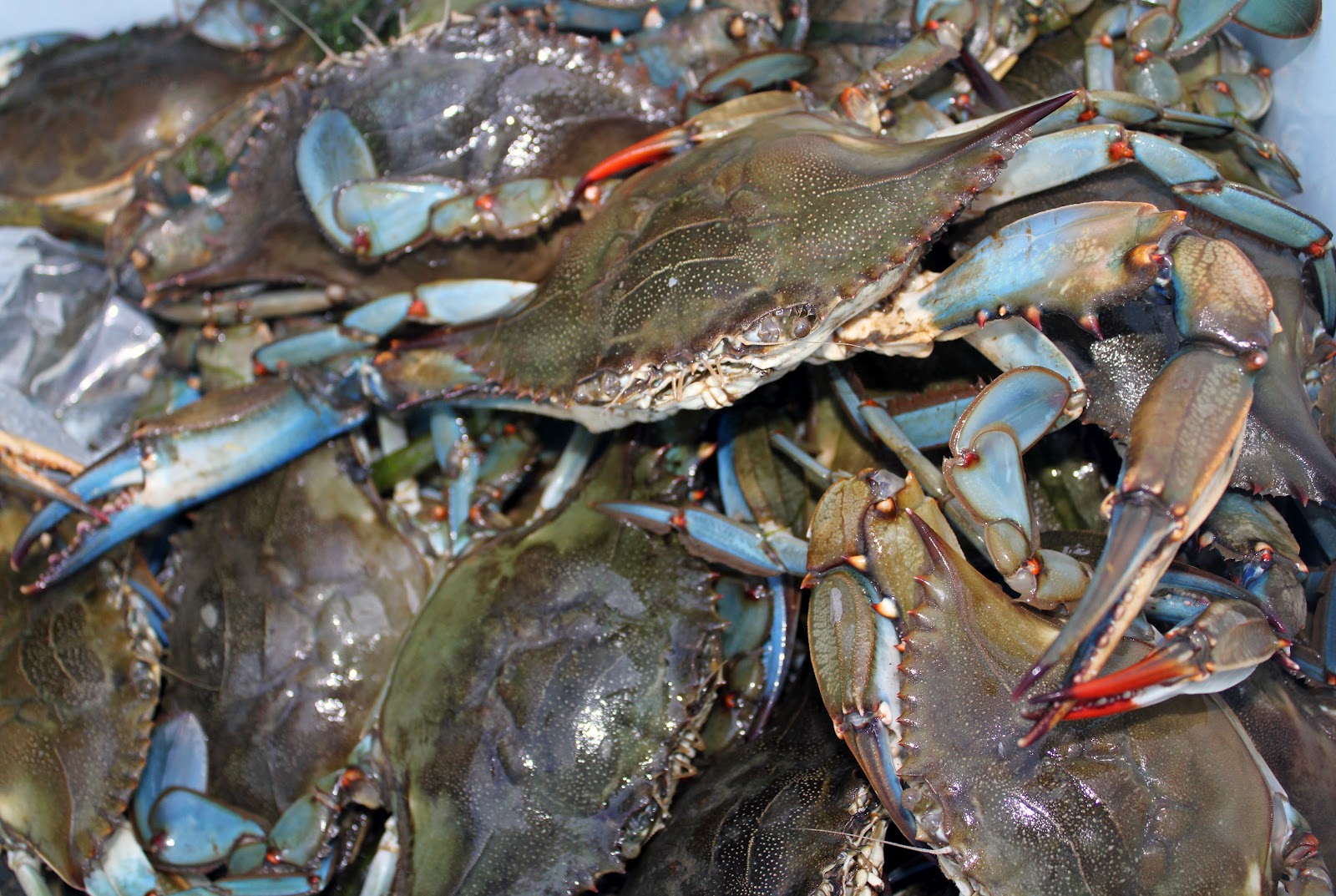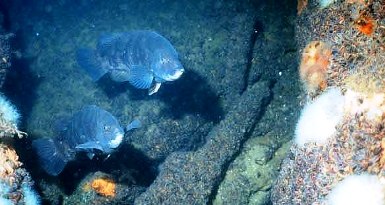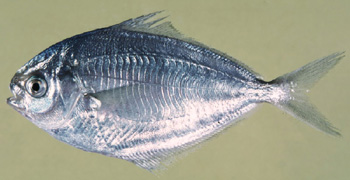I admit to having felt a bit of both envy and nostalgia a month ago when I read my Save the Sound colleague Kierran Broatch’s account of catching blue crabs in the backwaters of the Connecticut River on his blog, The Connecticut Yankee.
The nostalgia was for the days I spent crabbing on the Manasquan River in New Jersey as a boy in the 1960s. The envy of course was simpler: Kierran managed to take home three dozen crabs to eat.

Photo: Kierran Broatch
But it also made me wonder about the abundance of blue crabs in Long Island Sound and its brackish tributaries. I associate crabs with the warmer waters of New Jersey and Chesapeake Bay, and even the Hudson River, less so with Long Island Sound. The Sound’s waters are lobster habitat. Or at least they were.
But Long Island Sound is changing. Its waters have grown warmer in recent decades and the result is a shift in the kinds of animals that live in the Sound.
The documentation is provided by two researchers, Penny Howell, of the marine fisheries division of the Connecticut Department of Energy and Environmental Protection; and Peter Auster, of the Sea Research Foundation at Mystic Aquarium and the marine sciences department at UConn/Avery Point.
Howell and Auster analyzed 25 years’ worth of data collected during standardized fish research trawls conducted by the DEEP. They looked at which species of fish lived in the Sound over those 25 years, in spring and fall, and they looked at how abundant those fish were, and they compared that to water temperature in the Sound.
Their conclusion: Long Island Sound, when judged by the fish that live there, is becoming a warm-water habitat. Here’s the way they phrased it in their paper, “Phase Shift in an Estuarine Finfish Community Associated with Warming Temperatures:”
The Sound, they wrote, now has “a finfish community that is making a quick transition from a cold tolerant winter-spring community coupled with a warm tolerant summer-autumn community to a single community adapting to increasing water temperatures.”
In other words, it used to be that cold-water fish lived in the Sound in spring, when the water was still cold from winter, and warm-water fish lived in the Sound in summer and fall, when the water was warmer. But now the Sound is becoming predominantly a warm-water habitat.
In general, that means more scup, butterfish and fluke, and fewer blackfish and winter flounder.

Howell and Auster link the warmer temperatures to global climate change, but they don’t judge whether the change in fish populations is good or bad. They make the point that there are still lots of kinds of fish in the Sound: “Continued high species diversity indicates that this community shift has not diminished the ecological health of the estuary.”
But the warm water that’s causing the “community shift” may have serious implications for western Long Island Sound’s hypoxia crisis, because hypoxia gets worse as the water gets warmer. And with the Sound clearly getting warmer, it’s possible that the conditions we experienced in August of 2012, one of the worst months for hypoxia in two decades, was a foreshadowing of bad things to come rather than a remnant of the disastrous past.
But that’s speculation, and I don’t mean it to distract attention from the fascinating Howell-Auster analysis of what’s happening to the fish that actually live in the Sound.
Their work started with the research trawls. Since 1985, DEEP vessels have been carrying out standardized trawls – 40 locations, dragging an otter trawl for 30 minutes at a speed of 3.5 knots. From 1985 through 1990, they trawled monthly from April through November; starting in 1991, they trawled in April, May and June and then again in October and November.
The DEEP crew counted and identified everything it caught; Howell and Auster then categorized those fish by the temperature range they prefer: 33 of the species were adapted to cold water, 34 were warm-adapted, and 28 were subtropical.
Using data collected by the DEEP, Howell and Auster then noted that starting in 1991, water temperature grew markedly warmer on average in March through June, and August through October.
As the temperature rose, the kinds of fish in the Sound changed: there were fewer fish that are adapted to cold water, and more that are adapted to warm or subtropical water. Of the 18 species that are cold-adapted, 12 declined in abundance and four increased; of the 22 warm-adapted species, four declined and 11 increased.
Meanwhile, the total number of fish regardless of species hauled in each time the trawl was raised decreased in spring (when the water is cold) and increased in fall (when the water is still warm). This was particularly notable when the average temperature of the Sound rose above 42.8 degrees Fahrenheit in spring and above 67 in fall: “These temperatures were relatively rare before 1998 but much more common afterward,” the authors note.
Howell and Auster give a couple of examples of why fish are affected by the change in temperature.
Scup, for one, increased in abundance from about three fish per tow from 1984-’98 to about 19 per tow from ‘99 to 2008. Scup will avoid an area if the water temperature is below about 45 degrees and have a history of large die-offs when shallow water suddenly turns cold. They’re finding the warmer Sound to be a welcoming habitat: “…this species is no longer excluded from the area due to unfavorable temperatures,” Howell and Auster wrote.
Fish reproduction is also affected. Butterfish don’t spawn very much when the water temperature is below 59 Fahrenheit; windowpane flounder don’t spawn at all in water that is above 59 Fahrenheit. In the Sound, the average number of butterfish caught in each DEEP trawl almost doubled over time; the average number of windowpane flounder caught in each trawl dropped from 53.52 to 7.87.

Photo courtesy of NOAA
Water temperature of course is not the only change or environmental influence affecting fish in the Sound. Howell and Auster note that fish are affected by hypoxia, which is exacerbated by rising temperatures. Changes in water temperature affect predator-prey relationships. Environmental stresses affect the transmission of diseases in fish. Land use practices affect fish populations. And all of these factors, and others, work together in ways we don’t understand.
Howell and Auster used finfish data to draw their conclusions. There is no comparable analysis for crustaceans, although many fisheries biologists believe warmer water is the key to what is by now a 13-year decline in lobster abundance in the Sound.
Warmer water explains the abundance of blue crabs in the Connecticut River and elsewhere in the Sound, said Tom Visel, a coordinator at the Sound School, in New Haven, who has been studying population shifts in Long Island Sound animals for several decades.
He and his son recently caught 67 crabs in 75 minutes in Essex. He watched while others did even better. A colleague of his observed a migration of juvenile crabs off Branford over the summer that was beyond counting. Old-timers, Visel said, remember in the 1960s, when it was hard to catch a half-dozen crabs in an hour.
That’s anecdote, not science. But in the context of Howell’s and Auster’s work, it’s hard to refute that blue crabs, along with scup and butterfish, are becoming more abundant because of warmer temperatures: “Absolutely,” Visel said. “There’s no doubt about it.”
Posted by Tom Andersen, New York program and communications coordinator for Save the Sound

2 thoughts on “Warmer Water is Bringing Changes to the Sound’s Marine Life”
Comments are closed.